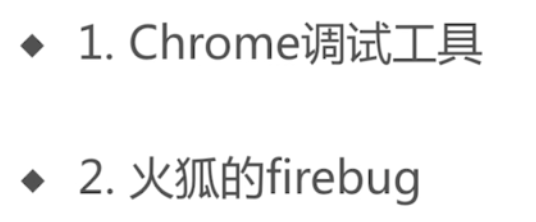理论部分
1.测试分为哪几个阶段
![]()
2.测试的流程是什么

3.如何做好测试计划

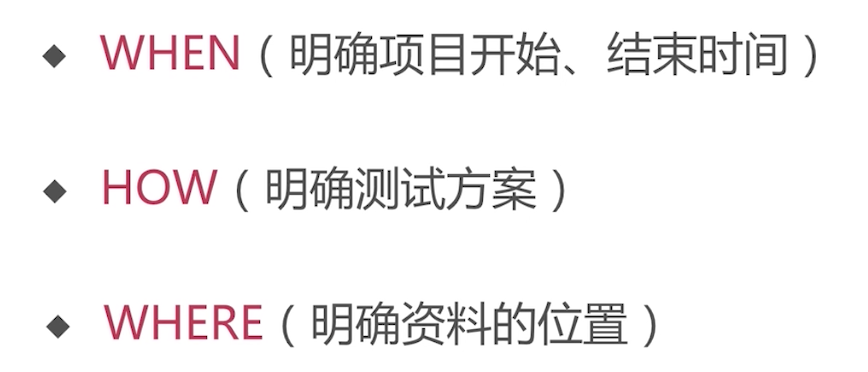
4.常见的测试用例设计方法有哪些
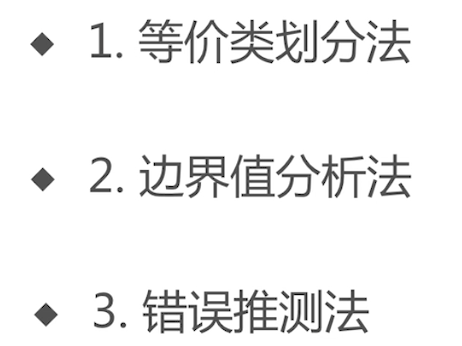
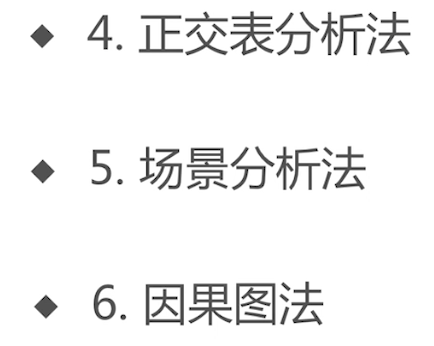
5.一条bug记录包含哪些内容


5.如何分层自动化测试

6.如何保证脚本的有效性

7.如何降低自动化维护成本

8.常见的测试覆盖类型


9.B/S和C/S架构什么区别
![]() ,客户端,比如微信,QQ
,客户端,比如微信,QQ
![]() ,浏览器页面,比如百度页面
,浏览器页面,比如百度页面
10.安全性都包含哪些内容


11.测试报告都包含哪些内容

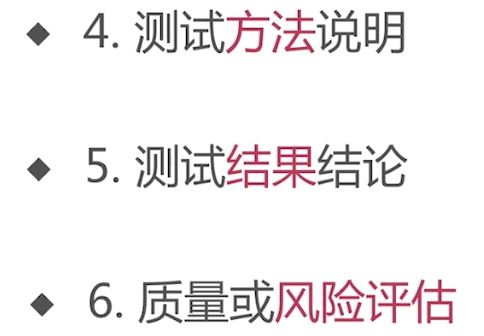
12.Alpha和Beta测试的区别是什么

13.bug的类型都有哪些
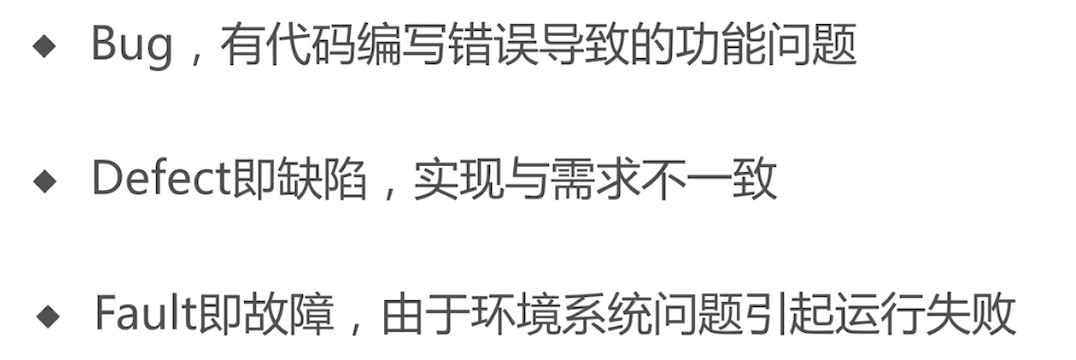
![]()
Python部分
1.面向对象的概念

代码示例:
1 # Animal是类,相同事物的统称 2 class Animal(object): 3 def run(self): 4 print('Animal is running...') 5 6 7 # Dog类,继承于Animal类 8 class Dog(Animal): 9 pass 10 11 puppy = Dog() 12 puppy.run() 13 14 # 多态,子类方法覆盖父类方法 15 class Cat(Animal): 16 def __init__(self, name): 17 # __name是属性 18 self.__name = name 19 20 def getName(self): 21 print(self.__name) 22 23 def run(self): 24 print('Cat is running...') 25 26 27 # limi是一个猫类的实例 28 limi = Cat("limi") 29 # run是实例的一个方法 30 limi.run() 31 # getName方法 32 limi.getName()
2.什么是进程,线程,协程

代码示例:
1 # encoding: utf-8 2 #进程 3 # from multiprocessing import Process 4 # 5 # def foo(i): 6 # print("This is Process ", i) 7 # 8 # for i in range(5): 9 # p = Process(target=foo, args=(i,)) 10 # p.start() 11 12 #线程 13 # import threading 14 # 15 # def show(i): 16 # print('This is Thread', i) 17 # 18 # for i in range(5): 19 # t = threading.Thread(target=show, args=(i,)) 20 # t.start() 21 22 #协程 23 import gevent 24 25 def foo(): 26 print("start_foo") 27 gevent.sleep(2) 28 print("end_foo") 29 30 def bar(): 31 print("start_bar") 32 gevent.sleep(0) 33 print("end_bar") 34 35 # foo() 36 # bar() 37 gevent.joinall([ 38 gevent.spawn(foo), 39 gevent.spawn(bar), 40 ])
3.如何使用python实现socket编程

1 #encoding: utf-8 2 #服务端 3 4 # 导入 socket 模块 5 import socket 6 7 # 创建 socket 对象 8 s = socket.socket() 9 # 绑定端口 10 s.bind(("127.0.0.1", 6666)) 11 12 # 等待客户端连接 13 s.listen(5) 14 15 while True: 16 # 建立客户端连接 17 c, addr = s.accept() 18 print '连接地址:', addr 19 c.send('Welcome') 20 # 关闭连接 21 c.close()
1 #encoding: utf-8 2 客户端 3 # 导入 socket 模块 4 import socket 5 6 # 创建 socket 对象 7 s = socket.socket() 8 9 #连接服务端 10 s.connect(("127.0.0.1", 6666)) 11 print s.recv(1024) 12 s.close()
4.什么是lambda函数
![]()
1 #encoding: utf-8 2 3 #计算平方 4 def square(x): 5 return x**2 6 7 print square(10) 8 9 10 #lambda表达式 11 r = lambda x:x**2 12 print r(10)
5.tuple和list有什么区别

6.range()函数的用法

1 #range生成从0到100的列表 2 alist = range(0, 101) 3 print(alist) 4 5 #设置步长为2 6 blist = range(2, 101, 2) 7 print(blist)
7.字符串的拆分方法有哪些

8.单引号,双引号,三引号的区别

9.*args,**kwargs有什么作用

1 #encoding: utf-8 2 3 #arg 4 def test_args(first, *args): 5 print first 6 for v in args: 7 print "args %s" % v 8 9 #args = (2, 3, 4, 5) 10 test_args(1, 2, 3, 4, 5, 6) 11 12 #kwargs 13 def test_kwargs(first, *args, **kwargs): 14 print first 15 for v in args: 16 print "args %s" % v 17 for k, v in kwargs.items(): 18 print "kwargs", (k, v) 19 #args = (2, 3, 4, 5) 20 #kwargs: k1=5, k2=6, k0=4 21 test_kwargs(1, 2, 3, 4, 5, k0=4, k1=5, k2=6)
10.python中pass语句的作用
![]()
1 #encoding: utf-8 2 3 def test(): 4 pass 5 6 test()
11.re模块中match和search方法的不同

1 #encoding: utf-8 2 import re 3 4 s1 = "helloworld, helloworld" 5 w1 = 'hello' 6 w2 = 'world' 7 8 #search扫描整个字符串 9 print(re.search(w2, s1)) 10 print(re.search(w2, s1).group()) 11 12 #match只在字符串开始的位置匹配 13 print(re.match(w2, s1)) 14 print(re.match(w2, s1).group())
12.WSGI和FastCGI的的关系


13.python是如何操作文件的

1 #encoding: utf-8 2 3 #写文件 4 f = open('test.txt', 'wt') 5 f.write("hello world") 6 f.close() 7 8 #使用with,追加内容,不用关心文件关闭问题 9 with open("test.txt", 'at') as f: 10 f.write("\nhello mook") 11 12 #读取文件 13 with open("test.txt", 'rt') as f: 14 print(f.read())
14.python的内存管理机制
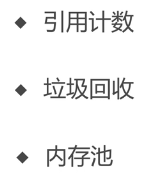
1 #encoding: utf-8 2 from sys import getrefcount 3 4 #引用计数 5 a1 = 10000000 6 a2 = 10000000 7 #del a1 8 del a2 9 10 print(id(a1)) 11 #print(id(a2)) 12 13 #检验a1和a2是同一个东西 14 #print(a1 is a2) 15 16 # #获取a2的引用计数 17 print(getrefcount(a1))
15.dict的items与iteritems的区别

1 #encoding: utf-8 2 3 testl = {'key1': 2, 'key2': 3, 'key3': 4} 4 5 kv1 = testl.items() 6 # print(next(kv1)) 7 8 kv2 = testl.iteritems() 9 print(next(kv2)) 10 print(next(kv2)) 11 print(next(kv2))
16.python常用算法
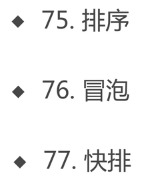


sorted()方法排序后生成新的列表,不会改变原来的列表
list.sort()方法排序后会改变原来的列表
1 #encoding: utf-8 2 3 alist = [0, 10, 88, 19, 9, 1] 4 #print(sorted(alist)) 5 6 #print(sorted(alist, reverse=True)) 7 8 alist.sort(reverse=True) 9 print(alist)
冒泡排序:

1 #encoding: utf-8 2 3 # 冒泡排序 4 def bubble_sort(lists): 5 #获取数组长度 6 count = len(lists)-1 7 itemrange = range(count, 0, -1) 8 #N个元素遍历N次 9 for index in itemrange: 10 #第i个和第i+1个依次对比 11 for sub_index in range(index): 12 #大的元素冒上去 13 if lists[sub_index] > lists[sub_index+1]: 14 lists[sub_index],lists[sub_index+1]=lists[sub_index+1],lists[sub_index] 15 return lists 16 17 alist = [0, 10, 88, 19, 9, 1] 18 print(bubble_sort(alist))
快速排序:

1 #encoding: utf-8 2 # 快速排序 3 def quick_sort(lists, left, right): 4 #递归过程中,发现left和right一致时,停止递归,直接返回列表 5 if left >= right: 6 return lists 7 #定义游标 8 low = left 9 high = right 10 11 #取参考标志,最左边的元素 12 key = lists[low] 13 while low < high: 14 #从最右侧向左,依次和标志元素对比,如果右侧的元素大于标志元素 15 while low < high and lists[high] >= key: 16 #右侧减1 17 high -= 1 18 #否则low赋high值 19 lists[low] = lists[high] 20 21 #从最左侧向右,依次和标志元素对比,如果左侧的元素小于标志元素 22 while low < high and lists[low] <= key: 23 #左侧加1 24 low += 1 25 #否则high赋low值 26 lists[high] = lists[low] 27 28 #最后给high位置赋值 29 lists[high] = key 30 31 #处理左侧元素 32 quick_sort(lists, left, low - 1) 33 #处理右侧元素 34 quick_sort(lists, low + 1, right) 35 return lists 36 37 alist = [0, 10, 88, 19, 9, 1, 7] 38 print(quick_sort(alist, 0, 6))
堆排序:

1 #encoding: utf-8 2 3 def heap_sort(lst): 4 def sift_down(start, end): 5 """最大堆调整""" 6 root = start 7 print "root %d start %d end %d"%(root, start, end) 8 while True: 9 child = 2 * root + 1 10 #print "child index: %d" % child 11 12 #终止条件,孩子的索引值超过数组最大长度 13 if child > end: 14 break 15 #print "lst child value:%d" % lst[child] 16 17 #确定最大的孩子节点的索引值 18 if child + 1 <= end and lst[child] < lst[child + 1]: 19 child += 1 20 #print "child+1 index: %d" % child 21 22 #孩子节点最大值和根节点交换 23 if lst[root] < lst[child]: 24 lst[root], lst[child] = lst[child], lst[root] 25 #print "lstroot %d" % lst[root], "lstchild %d" % lst[child] 26 root = child 27 #print "root %d" % root 28 else: 29 break 30 31 print("-----------------创建最大堆------------------") 32 # 创建最大堆 33 print(xrange((len(lst) - 2) // 2, -1, -1)) 34 for start in xrange((len(lst) - 2) // 2, -1, -1): 35 print "---->Loop start %d" % start 36 sift_down(start, len(lst) - 1) 37 print(lst) 38 39 print("-----------------排序过程------------------") 40 # 堆排序 41 for end in xrange(len(lst) - 1, 0, -1): 42 #首尾交换 43 lst[0], lst[end] = lst[end], lst[0] 44 #剩余重新堆排序 45 sift_down(0, end - 1) 46 print(lst) 47 return lst 48 49 50 alist = [70, 60, 12, 40, 30, 8, 10] 51 print(heap_sort(alist))
二分查找:
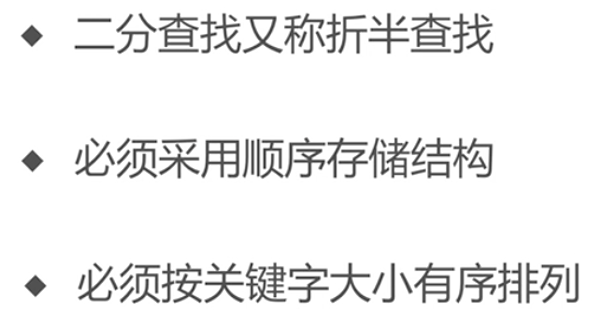
1 # encoding: utf-8 2 3 alist = [0, 1, 10, 88, 19, 9, 1] 4 5 6 def binary_search(arr, start, end, hkey): 7 if start > end: 8 return -1 9 mid = start + (end - start) / 2 10 if arr[mid] > hkey: 11 return binary_search(arr, start, mid - 1, hkey) 12 if arr[mid] < hkey: 13 return binary_search(arr, mid + 1, end, hkey) 14 return mid 15 16 17 alist = sorted(alist) 18 print(alist) 19 print binary_search(alist, 0, 6, 9)
素数(质数):
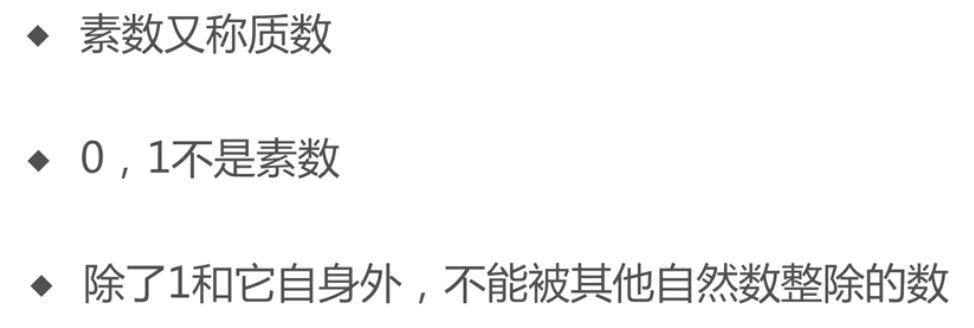
1 #encoding: utf-8 2 3 #0,1不是素数 4 #除了1和它自身外,不能被其他自然数整除的数 5 def is_prime(n): 6 if n <= 1: 7 return False 8 9 for i in range(2, n-1): 10 if n % i == 0: 11 return False 12 return True 13 14 for i in range(0, 100): 15 if is_prime(i): 16 print i
Linux部分
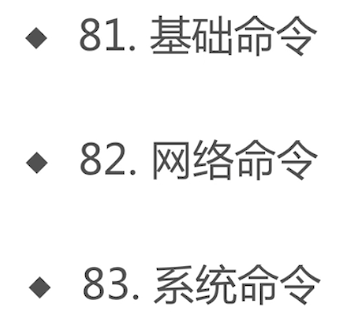
基础命令


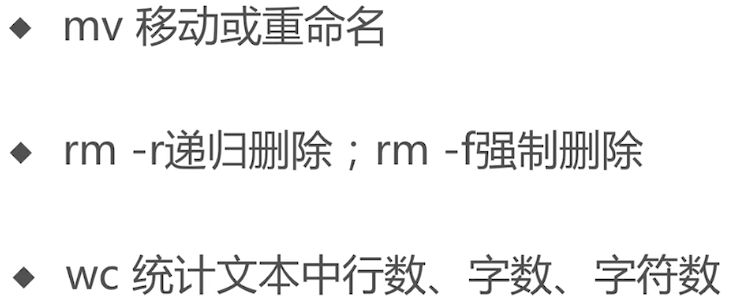
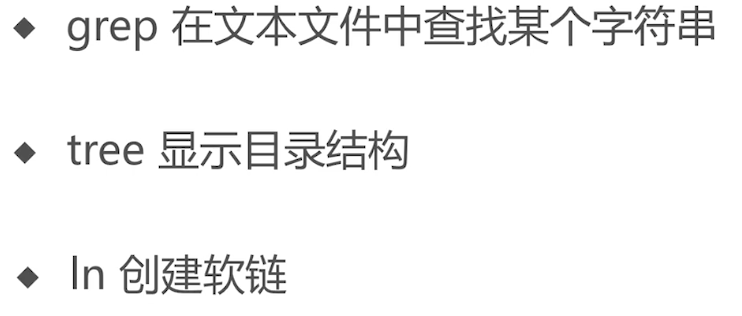

网络命令:

系统命令:
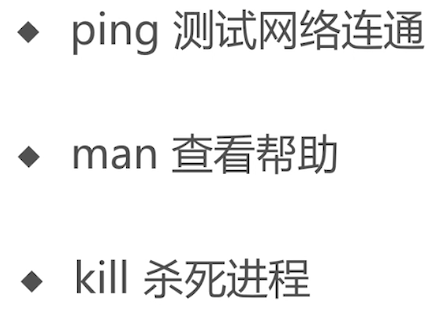
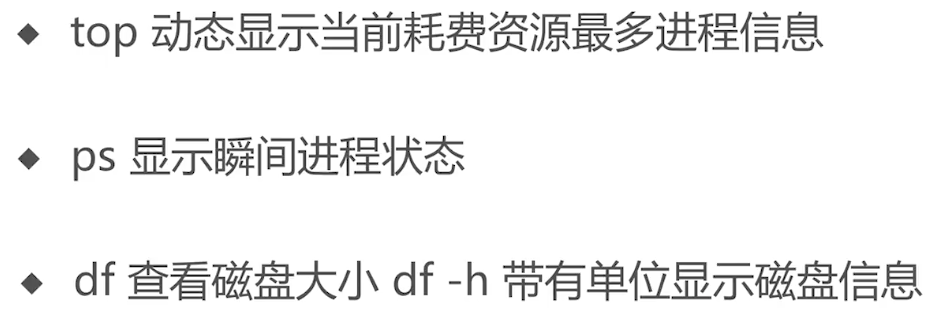
计算机网络相关
1.OSI网络七层模型指的哪些内容


![]()
2.http协议中get,post的区别

2.tcp和udp的区别
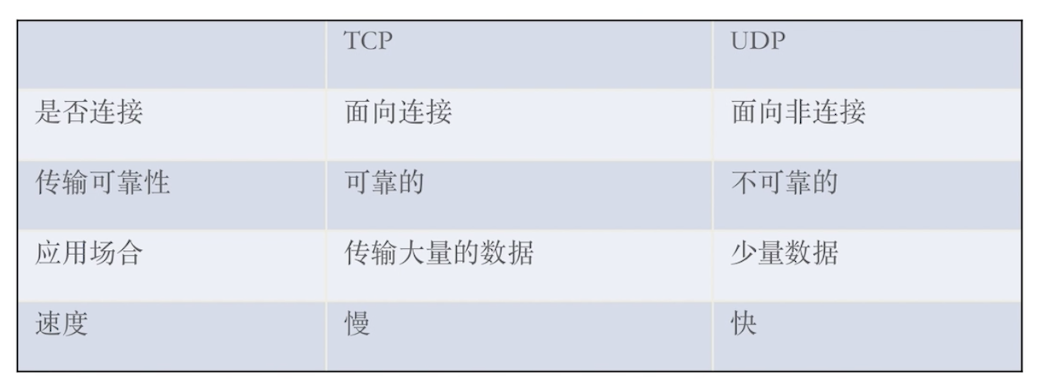
3.tcp连接3次握手的具体过程
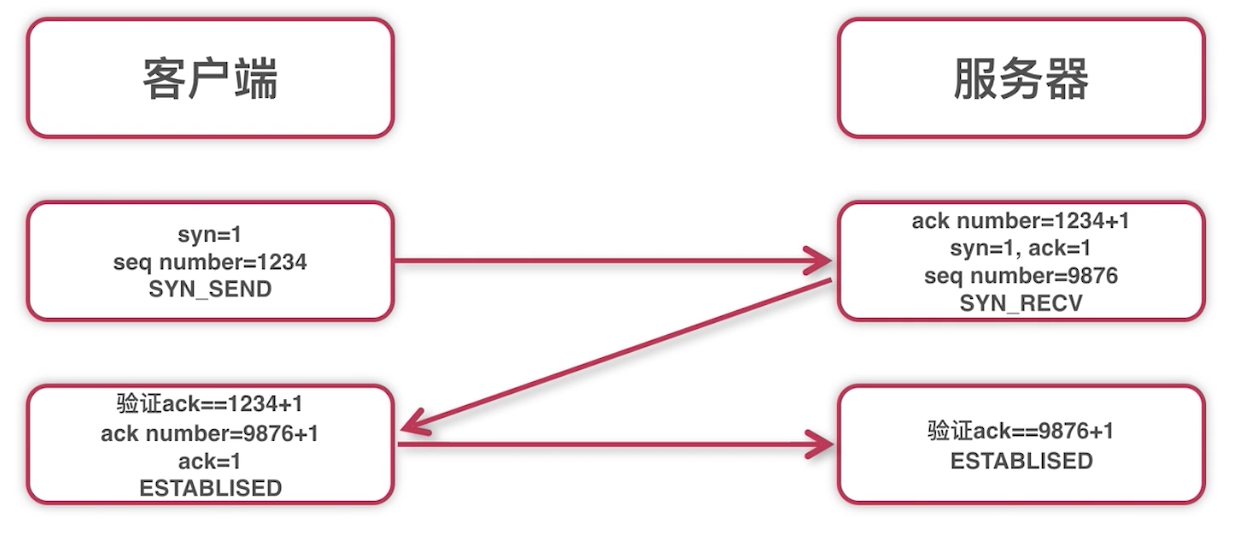
tcp连接4次挥手的过程(主动方可以是客户端,也可以是服务端)
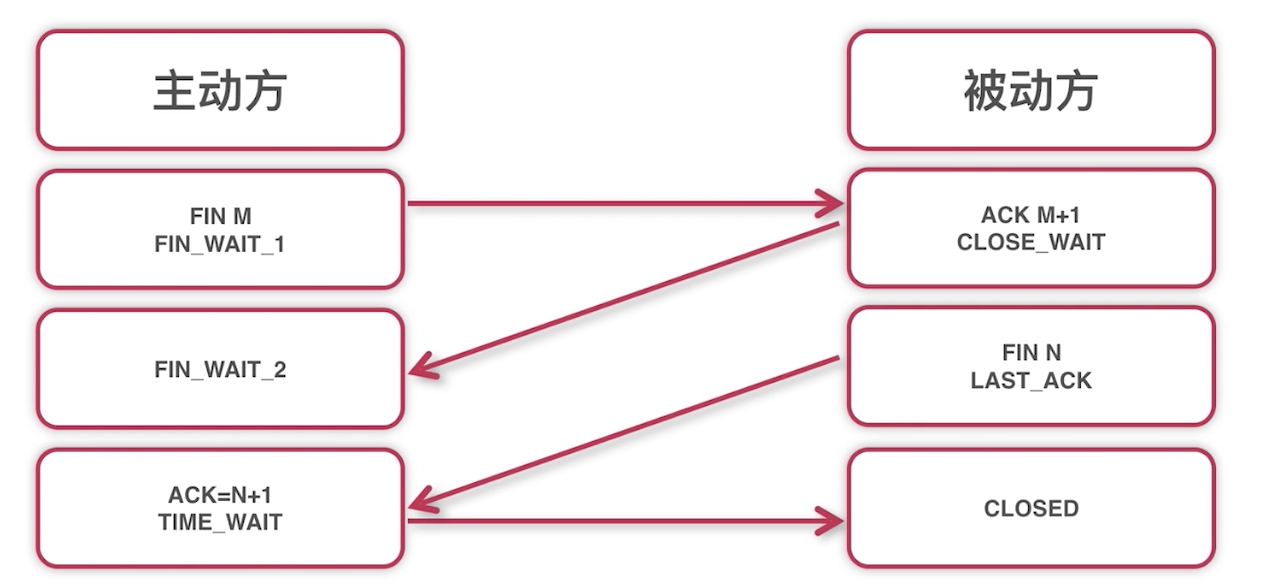
4.socket建立连接的过程
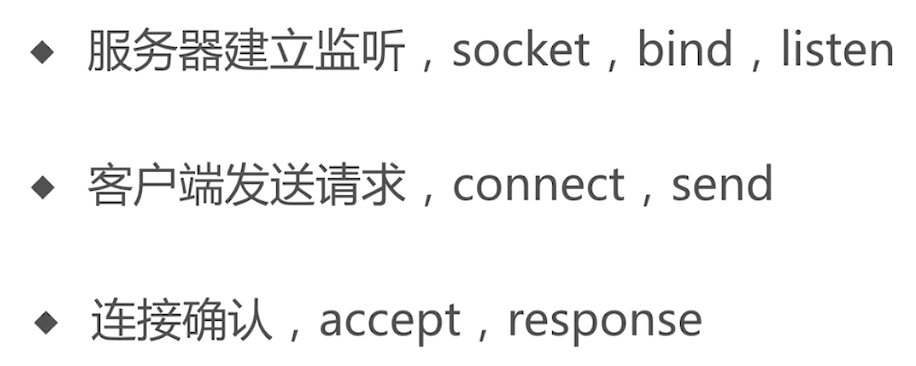
操作系统相关
1.进程与线程的区别

2.进程都有哪些状态


3.进程同步与互斥的区别


4.进程间通信都包括哪些


5.进程的调度算法有哪些


6.死锁产生的原因

7.页面置换算法都有哪些


8.makefile的作用是什么

9.什么是虚存,实存,共享内存



MySQL相关
1.创建数据库:CREATE DATABASE 数据库名;
2.删除数据库:DROP DATABASE 数据库名;
3.创建数据表:CREATE TABLE 表名;
4.插入数据:INSERT INTO 表名 VALUES(内容);
5.查询数据:SELECT 字段名 FROM 表名 WHERE 条件;
6.更新数据:UPDATE 表名 SET 字段名=新值 WHERE 条件;
7.删除数据表:DROP TABLE 表名;
Fiddler工具相关

1.如何抓取手机包
具体使用过程,可以参考自己之前的博客:http://www.cnblogs.com/ailiailan/p/hanxiaobei.html
2.实现慢网速,过滤

过滤:

慢网速:

自定义修改延时时间:
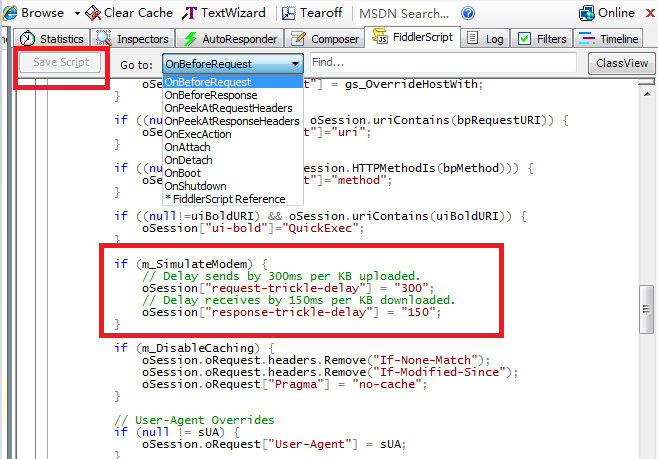
Android相关
1.Android的四大组件
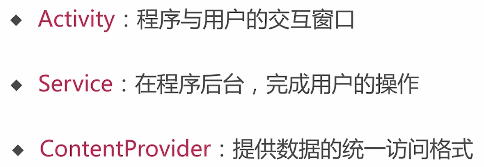
![]()
2.Activity的生命周期
Activity的4个状态:运行、暂停、停止、关闭;关闭有系统来完成。
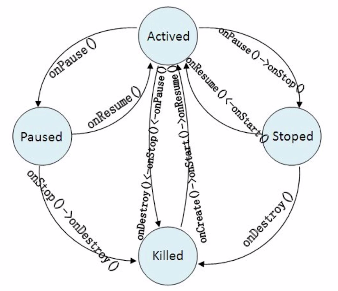
4个状态间的转换过程图:
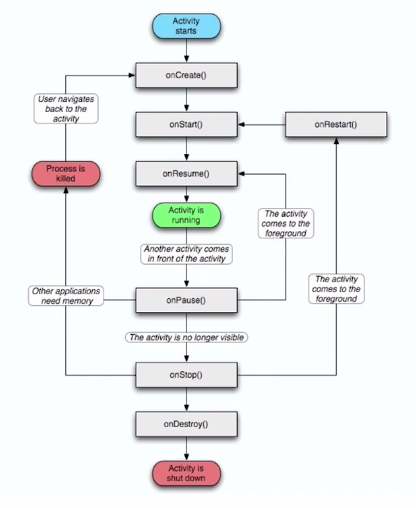
3.什么是ANR
ANR:应用无响应,是由系统来监控应用程序的,如果应用程序超时,系统会弹出ANR提示

4.Android常见的5种布局
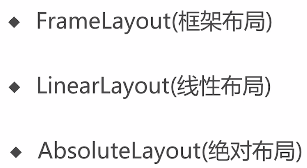
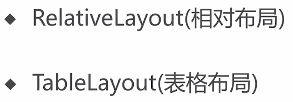
5.Android中动画类型有哪几种

ADB相关
1.重启adb服务

2.app的安装与卸载

3.电脑和手机之间传输数据

4.如何静默安装app

5.adb命令启停一个app

-S:如果app已经启动了,先执行停止app,再启动
6.通过关键字查找已安装的包

-f:所有包 -3:第三方包 -i:已经安装的包
7.截屏、录屏

8.抓log
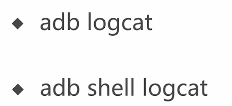
9.获取当前CPU,内存状态

Monkey相关
1.Monkey进行压力测试的命令
![]()
2.如何重现crash,anr
![]()
3.如何提取crash,anr信息
adb shell monkey -v -v -v -p packagename count >文件名.txt (3个-v会显示最详细的log信息)
4.如何设置monkey运行8个小时
--throttle 毫秒数 (定义两个动作之间的时间间隔) 时间间隔 * count = 总执行时间
5.在crash/anr出现后,如何继续执行

6.monkey执行指定的事件类型
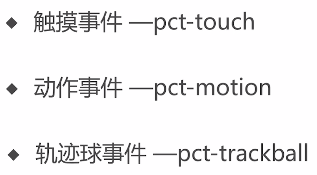


自动化工具
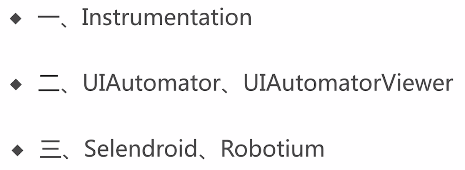
![]()
1.Instrumentation的原理是什么
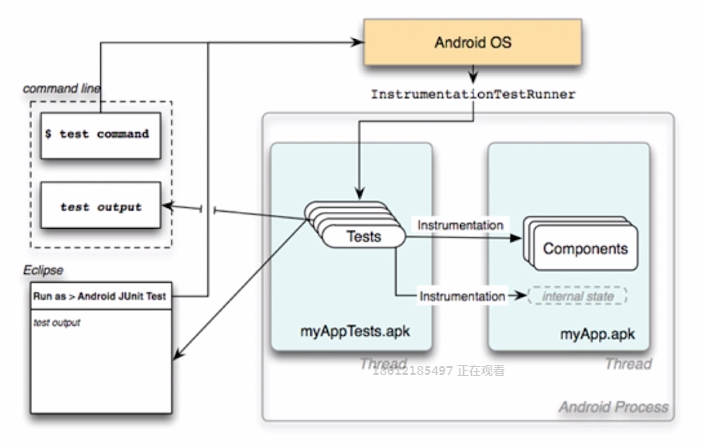
2.Instrumentation用来测试什么
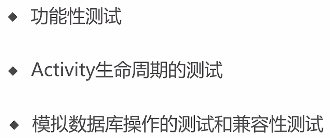
3.什么时候用Instrumentation
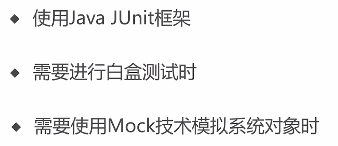
4.UIAutomator是什么

5.UIAutomator可以测试什么
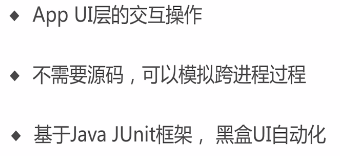
6.如何识别App视图内的元素

7.Selendroid原理

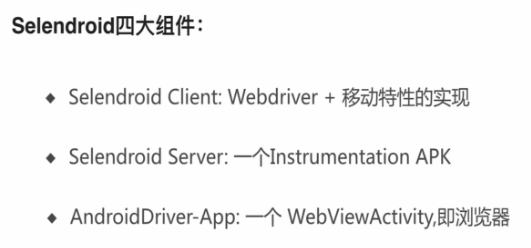
![]()
8.Robotium原理

9.Appium的理念是什么
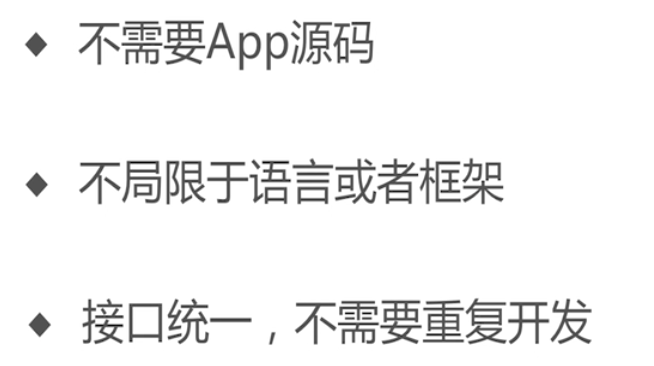
![]()
10.Appium相关概念
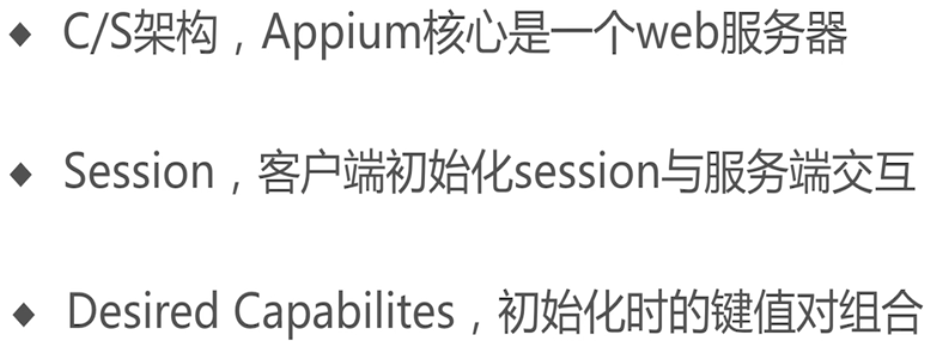

11.Appium的环境

12.Appium初始化需要配置哪些内容
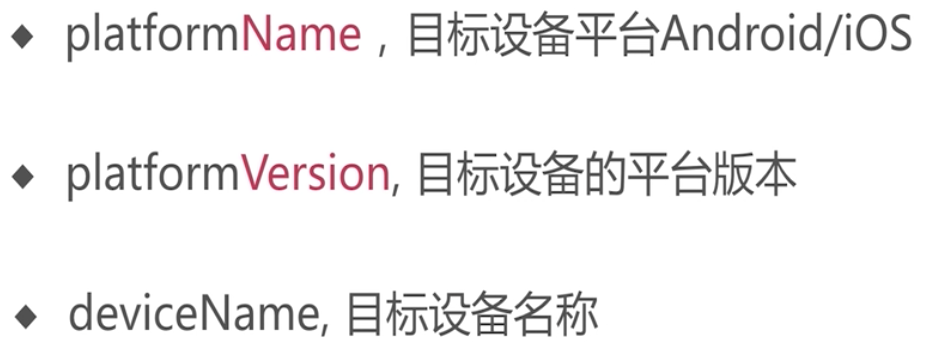


13.Appium测试Native App的原理

14.Appium测试Hybrid App的原理

15.Appium测试Ios App的原理

16.Native App元素的定位工具

17.定位元素的Api有哪些
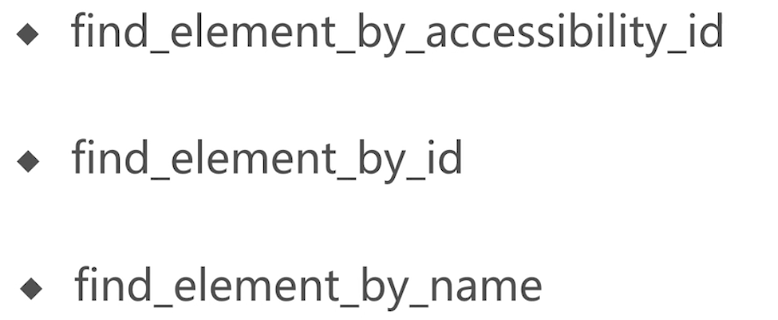

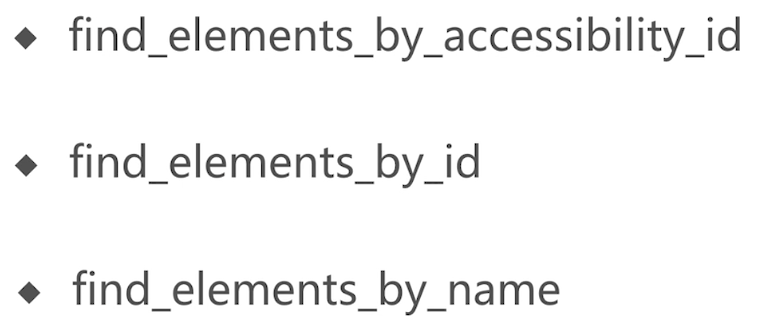

18.Native App脚本的编写原则
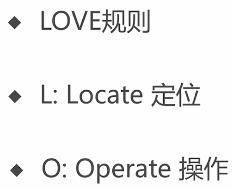

19.Native App初始化注意事项

20.Hybrid App的定位方式

21.Hybrid App脚本的编写原则
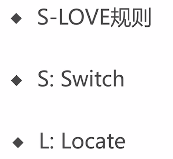
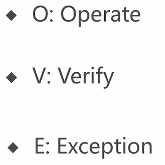
22.Hybrid App初始化注意事项

自动化框架
1.unittest框架都包含哪些内容

![]()
TestFixture包含
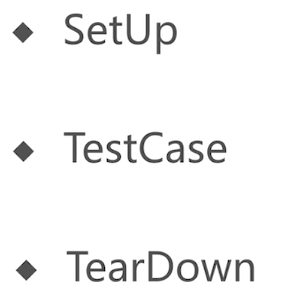
2.什么是数据驱动

3.数据驱动DDT的原理

4.数据驱动DDT的意义

5.什么是行为驱动

6.行为驱动Lettuce的原理是什么

代码示例:
自动化测试代码:
1 #encoding:utf-8 2 from lettuce import * 3 from appium import webdriver 4 5 @before.each_scenario 6 def lauchApp(scenario): 7 desired_caps = {} 8 desired_caps['platformName'] = 'Android' 9 desired_caps['platformVersion'] = '5.1' 10 desired_caps['deviceName'] = '192.168.56.102:5555' 11 desired_caps['appPackage'] = 'com.android.calculator2' 12 desired_caps['appActivity'] = '.Calculator' 13 desired_caps["unicodeKeyboard"] = "True" 14 desired_caps["resetKeyboard"] = "True" 15 world.driver = webdriver.Remote('http://localhost:4723/wd/hub', desired_caps) 16 17 @after.each_scenario 18 def closeApp(scenario): 19 world.driver.quit() 20 21 @step("I have two number: (\d+) and (\d+)") 22 def have2number(step, number1, number2): 23 world.number1 = number1 24 world.number2 = number2 25 26 @step("Do add method") 27 def doAdd(step): 28 numa = world.driver.find_element_by_id("digit_"+world.number1) 29 numa.click() 30 31 add = world.driver.find_element_by_id("op_add") 32 add.click() 33 34 numb = world.driver.find_element_by_id("digit_"+world.number2) 35 numb.click() 36 37 equal = world.driver.find_element_by_id("eq") 38 equal.click() 39 40 world.result = world.driver.find_element_by_class_name("android.widget.EditText").text 41 42 @step("I get result: (\d+)") 43 def judgeResult(step, result): 44 assert result == world.result, "The result are not equal %s and %s" %result and world.result
测试用例:
1 Feature: Calculation 2 Input two number, then compare result 3 4 Scenario: Do a simple add method 5 Given I have two number: 1 and 5 6 When Do add method 7 Then I get result: 6 8 9 Scenario: Do a simple add method 10 Given I have two number: 2 and 5 11 When Do add method 12 Then I get result: 8
7.什么是关键字驱动

8.关键字驱动测试框架Robot framework的原理

RIDE工具:

9.测试报告管理
代码示例:
1 #encoding: utf-8 2 import unittest 3 import time 4 from HTMLTestRunner import HTMLTestRunner 5 6 class MyTestCase(unittest.TestCase): 7 #每条用例初始化 8 def setUp(self): 9 self.initdata = "hello imooc" 10 #测试用例,以test开头 11 def test_something(self): 12 self.assertEqual("hello imooc", self.initdata) 13 #每条用例执行完后释放资源 14 def tearDown(self): 15 pass 16 17 if __name__ == '__main__': 18 #声明一个suite 19 suite = unittest.TestSuite() 20 #从类加载用例集 21 cases = unittest.TestLoader().loadTestsFromTestCase(MyTestCase) 22 #添加用例到suite 23 suite.addTests(cases) 24 25 #生成HTMLTestReport 26 #以时间戳来定义报告名称 27 now = time.strftime("%Y-%m-%d-%H_%M_%S", time.localtime(time.time())) 28 HtmlFile = "report/" + now + "_Report.html" 29 fp = file(HtmlFile, "wb") 30 31 #声明一个runner 32 myTestRunner = HTMLTestRunner(stream=fp, title=u"测试报告", description=u"用例测试情况") 33 34 #执行Runner 35 myTestRunner.run(suite) 36 fp.close()
10.邮件通知
代码示例:
#!/usr/bin/python # -*- coding: utf8 -*- import smtplib from email.mime.text import MIMEText mail_host = "smtp.163.com" # 设置服务器 mail_user = "[email protected]" # 用户名 mail_pass = "tester123" # 口令 mail_postfix = "163.com" # 发件箱的后缀 # to_list:收件人;sub:主题;content:邮件内容 def send_mail(to_list, sub, reportpath): file = open(reportpath, "rb") content = "" for line in file.readlines(): content = content + line.replace("class='hiddenRow'", "") # 这里的hello可以任意设置,收到信后,将按照设置显示 me = "TestCenter" + "<" + mail_user + ">" # 创建一个实例,这里设置为html格式邮件 msg = MIMEText(content, _subtype='html', _charset='utf-8') # 设置主题 msg['Subject'] = sub msg['From'] = me msg['To'] = ";".join(to_list) try: s = smtplib.SMTP() # 连接smtp服务器 s.connect(mail_host) # 登陆服务器 s.login(mail_user, mail_pass) # 发送邮件 s.sendmail(me, to_list, msg.as_string()) s.close() return True except Exception, e: return False
接口测试相关
1.Fiddler抓取https包
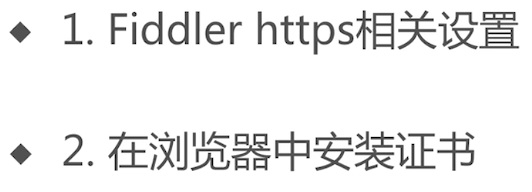

2.如何实现一个Api测试框架
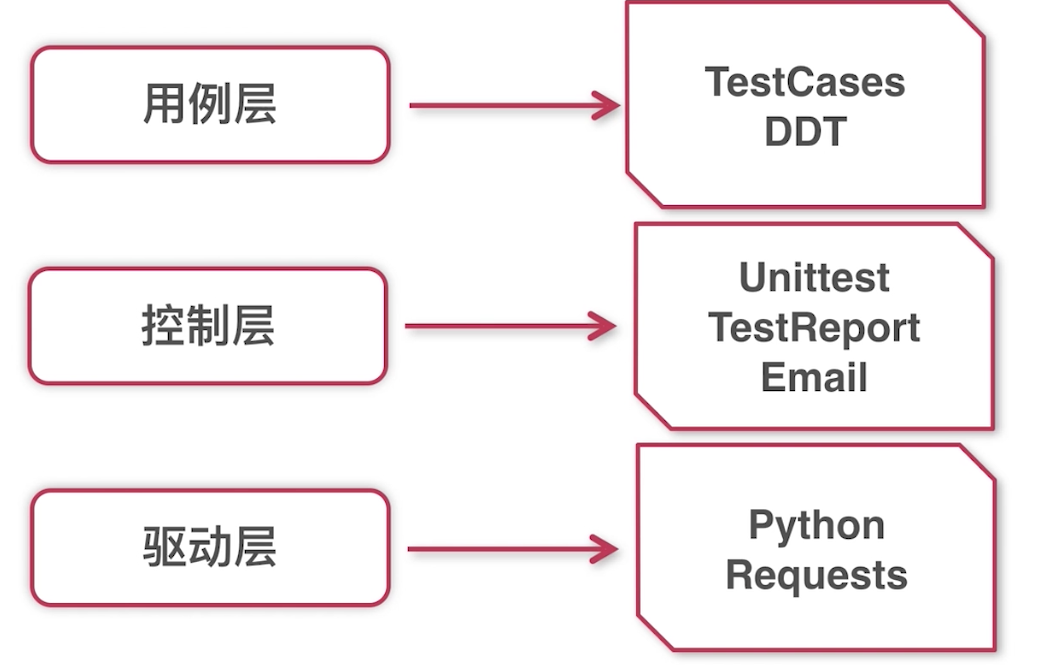
3.如何使用Python requests实现get请求

代码示例:
1 #encoding: utf-8 2 3 import requests 4 import unittest 5 import ddt 6 7 @ddt.ddt 8 class testClass(unittest.TestCase): 9 10 @ddt.data("App专项测试", "自动化", "Python") 11 def testGet(self, queryword): 12 #header部分的配置 13 headers_data = { 14 'User-Agent':'Mozilla/5.0 (Linux; Android 5.1.1; Nexus 6 Build/LYZ28E) AppleWebKit/537.36 (KHTML, like Gecko) Chrome/63.0.3239.132 Mobile Safari/537.36', 15 'Host':'m.imooc.com', 16 'Referer': 'https://m.imooc.com/', 17 'Connection':'keep-alive', 18 'Accept-Encoding':'gzip, deflate, br' 19 } 20 21 #cookies部分的配置 22 cookies_data = dict(imooc_uuid='ffbd103a-b800-4170-a267-4ea3b301ff06', 23 imooc_isnew_ct='1511175583', 24 imooc_isnew='2', 25 page = 'https://m.imooc.com/') 26 27 #get请求的构造 28 res = requests.get( 29 "https://m.imooc.com/search/?words="+queryword, 30 headers=headers_data, 31 cookies=cookies_data) 32 33 #print res.status_code 34 #print res.text 35 36 self.assertTrue(u"共找到" in res.text) 37 38 if __name__ == "__main__": 39 unittest.main()
4.如何使用Python requests实现post请求
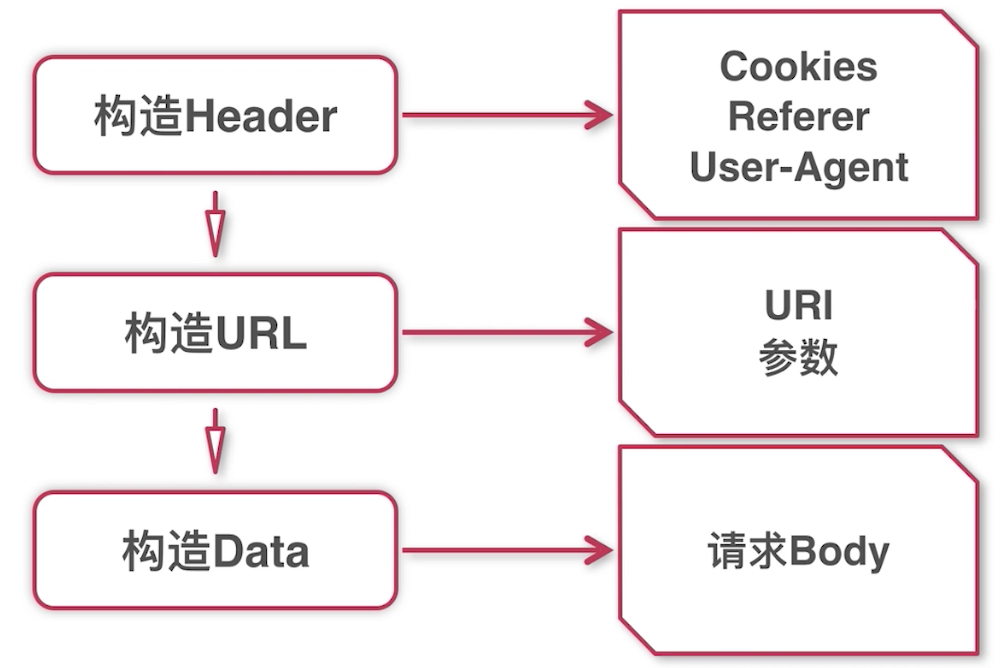
代码示例:
1 #encoding: utf-8 2 import requests 3 import unittest 4 import ddt 5 6 @ddt.ddt 7 class testClass(unittest.TestCase): 8 9 @ddt.data( 10 ("15977778888", "999999"), 11 ("15977778889", "999998") 12 ) 13 @ddt.unpack 14 def testPost(self, username_data, password_data): 15 formdata = { 16 "username": username_data, 17 "password": password_data, 18 "verify": '', 19 "referer":'https://m.imooc.com'} 20 21 headers_data = { 22 'User-Agent': 'Mozilla/5.0 (Linux; Android 5.1.1; Nexus 6 Build/LYZ28E) AppleWebKit/537.36 (KHTML, like Gecko) Chrome/63.0.3239.132 Mobile Safari/537.36', 23 'Host': 'm.imooc.com' 24 } 25 26 #cookies部分的配置 27 cookies_data = dict(imooc_uuid='ffbd103a-b800-4170-a267-4ea3b301ff06', 28 imooc_isnew_ct='1511175583', 29 imooc_isnew='2', 30 page = 'https://m.imooc.com/') 31 32 res = requests.post("https://m.imooc.com/passport/user/login", 33 data = formdata, 34 headers = headers_data, 35 cookies = cookies_data 36 ) 37 38 print res.json() 39 40 self.assertTrue(90003 == res.json()['status'] or 10005 == res.json()['status']) 41 42 if __name__ == "__main__": 43 unittest.main()
5.什么是持续集成

6.持续集成都包括哪些内容
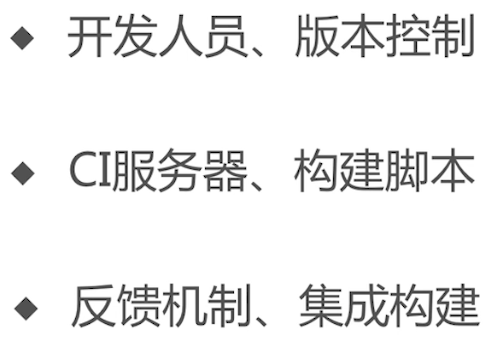
7.持续集成有什么意义
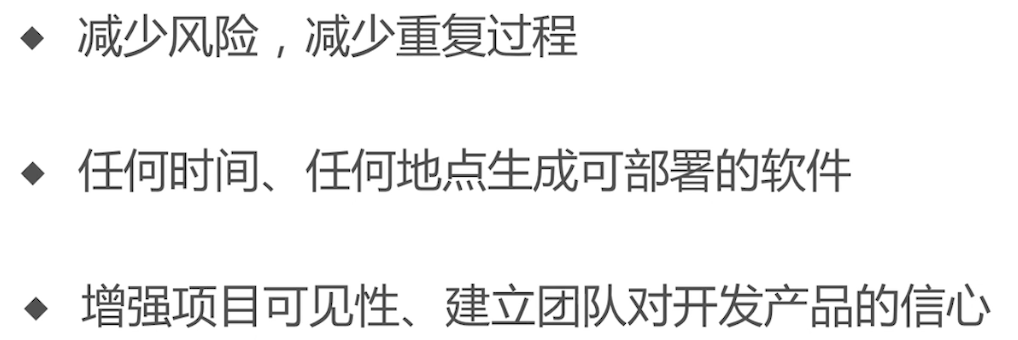
8.实现持续集成的工具有哪些

9.如何搭建Jenkins持续集成平台

10.使用Jenkins需要做哪些配置
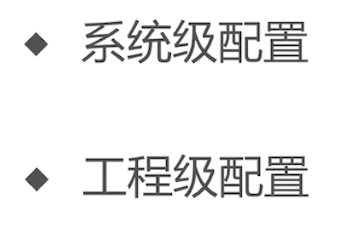
11.持续集成的应用

服务端测试
1.服务端压力测试需要关注哪些指标
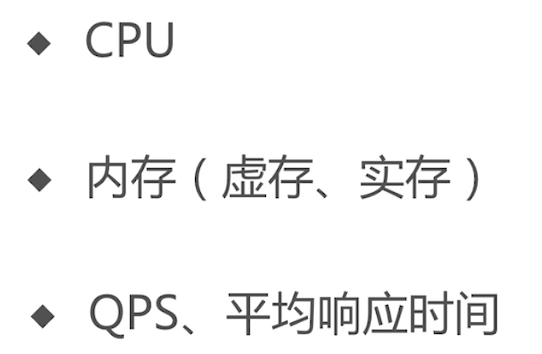
兼容性测试
1.App兼容性测试都考虑哪些因素
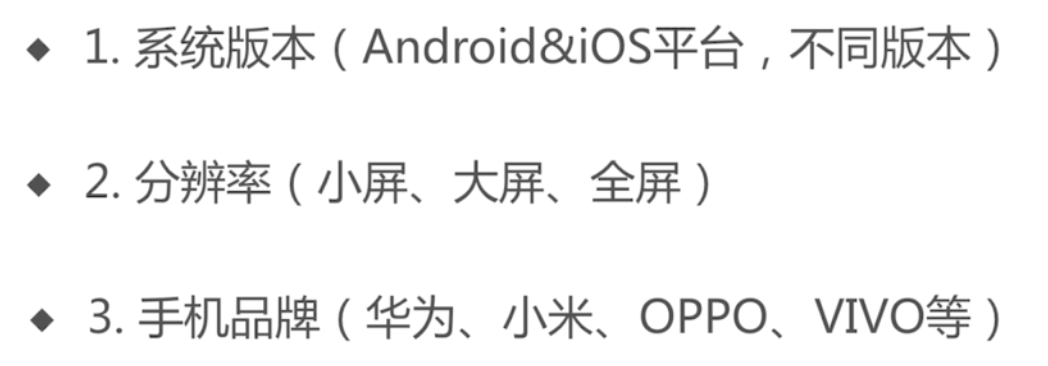
可以借助云测平台,提高兼容性测试的覆盖度
2.WAP网页兼容性测试都考虑哪些因素

3.PC网页兼容性测试都考虑哪些因素

Bug 调试与定位
1.APP相关的bug调试工具有哪些

2.WAP网页相关的bug调试工具有哪些

3.PC网页相关的bug调试工具有哪些
